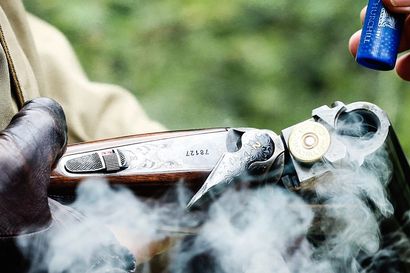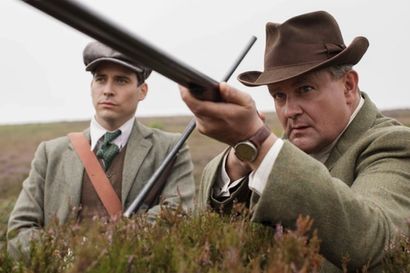The real hunting etiquette that every gentleman should understand
I have long had a few gripes with driven shooting. In an industry under obdurate scrutiny, where it only takes one bad apple to spoil the barrel, we must ensure that all involved lead by example and show no cracks that can be exploited. Country sports are never dry of anxious waters, where prying organisations and ill-informed busy bodies lurk like ravenous crocs. Therefore, education has to be on-going to ensure inaccurate belligerency doesn’t overcome common sense.
Let me start by throwing my hat into the ring. Despite living in London, to me boots should still be preceded by wellington rather than Chelsea. Having been part of a beating line from the age of six and having fished before I was able to walk – literally casting from a pram with a thin branch and length of line fastened together by my mother – I am a more comfortable in the country than I ever will be in the city. I have, however, stepped away from the shooting line, no longer partaking in the sport with a gun in-hand.
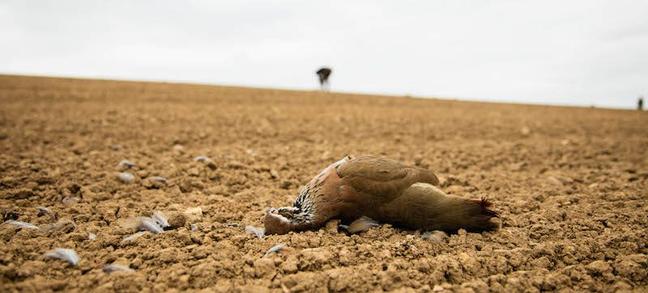
By doing so, however, I’m not for one minute suggesting that I have since leaned towards the anti-shooting brigade. I still relish the bucolic atmosphere of smaller days in the field with those who enjoy the countryside, and take pleasure in watching the work of those behind the scenes spring into fruition. And I would never be smoke-screened by a moral egoism to not appreciate the monolithic contribution game shooting makes to the management of wildlife, landscapes and ecosystems on two thirds of the UK’s rural land area. Nothing can offer such large-scale landscape management in the way that shooting does.
Looming clouds, however, grow darker, and unless addressed they threaten to burst. It boils down to ethics and etiquette. And I’m not talking about the obvious and repeated field etiquette lists that should be instilled in all who don tweed and draw a peg this season (not stealing a neighbour’s bird, tipping the keeper, not running out of cartridges on a drive, turning your phone off and thanking the beaters at the end of every day), for these are wholly trivial when put into the bigger picture. This is industry etiquette.
HIGH BIRDS
The first and foremost gripe is the vogue of high birds. Irrespective of experience or ability, anyone can stand on a peg and empty their cartridge bag at pheasants that are quite simply out of their league. Little do they know how many they are pricking. It is far better sportsmanship to cleanly kill a low bird than tickle a 70-yarder. The glamorisation of long shots, and the element of conceited competitiveness that occasionally accompanies, is as abhorrent as it is disrespectful to the quarry. Pre-season, and during, those heading to the shooting field should invest time practising on a shooting ground, and receive tutoring if necessary.
BIG BAGS
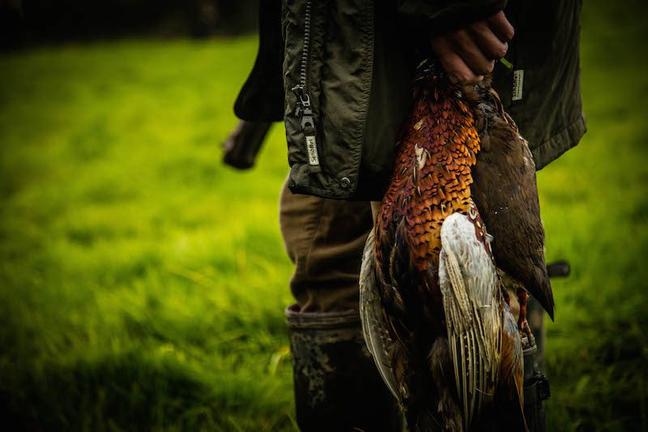
I truly believe this stripe to be the poisonous apple in the industry’s barrel. The catalyst to the industry’s potential demise. Simulated clay days spring to mind. The gluttony of some endangers the sport for all – such unbridled excess disintegrates any arguments of justification. To the untrained eye, a team of Guns get ferried from peg to peg in plush Range Rovers while a line of men and women herd unsuspecting birds towards them, whereupon they are shot out of the sky – all in the name of sport. They don’t single out those who shoot ‘big’ days, and whether you rough shoot to bag the odd bird for the pot or take 40 days a season on the country’s most prolific estates, we are all in the same boat – a vessel which many want to sink.
Ask yourself this: what does your preferred bag size say about the way in which you view the sport, and what does it say to those who watch on, baying for any excuse to relegate shooting to the archives?
INFORMING THE PICKERS-UP

I am often astounded by how quickly people will slip their guns and move on at the drive’s end, with little to no thought for pricked birds. The ethics of shooting demand that every single person is accountable for their birds shot – whether that be five yards from your peg or a runner for the pickers-up. For those who see this to be of minor importance, you’re in the wrong place, and should consider finding a new way to fill your Saturdays.
TAKING A BRACE HOME
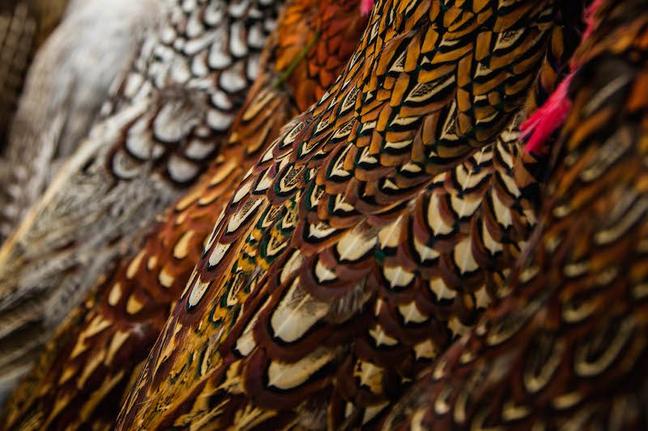
In all honesty, do you take a brace home after every day? For most reading this, the answer will be a resounding “of course” as a custom prerequisite, and the idea of doing otherwise may seem ridiculous. But I have spoken to a number of keepers who have stated that this isn’t always the case with commercial days. It is a supercilious mentality that is dangerous to the sporting values we must thread through future generations. Eat what you kill is an ethos on which the shooting industry must remain steadfast.
THE NEXT GENERATION
What is most concerning, however, is the way that young people are introduced and educated. They should not assume that big bags and high birds are the norm. Once this distorted outlook takes hold, a precedent is set. Days of 60-100 birds become inane small fry.
There is far more to shooting than just shooting. It is about the occasion, the camaraderie, the lack of prejudice towards age, gender or background – everyone is welcomed with open arms. It teaches children about the wonders and ways of the countryside and to appreciate the tireless efforts of those who spend their lives shaping, maintaining and safeguarding the land. Young Guns follow the shooting etiquette bestowed on them by their fathers – we must ensure we do our very best to set a good example.

Become a Gentleman’s Journal Member?
Like the Gentleman’s Journal? Why not join the Clubhouse, a special kind of private club where members receive offers and experiences from hand-picked, premium brands. You will also receive invites to exclusive events, the quarterly print magazine delivered directly to your door and your own membership card.

